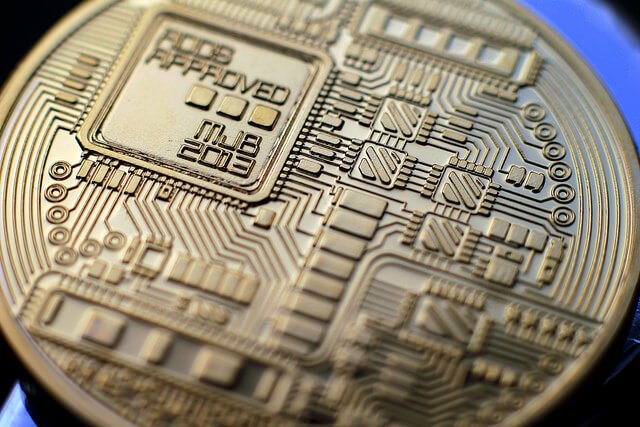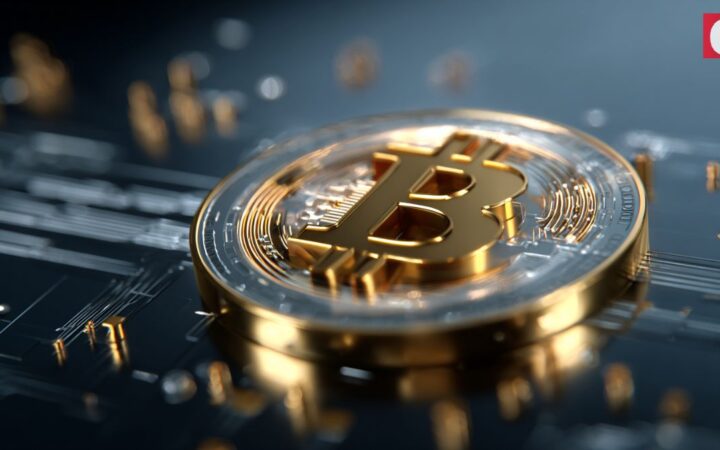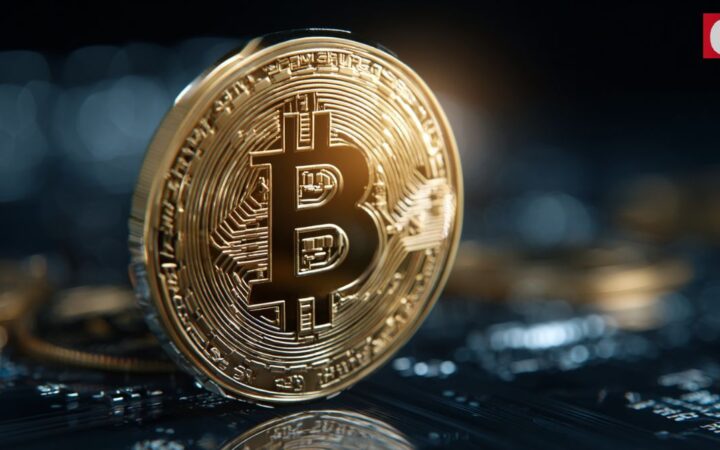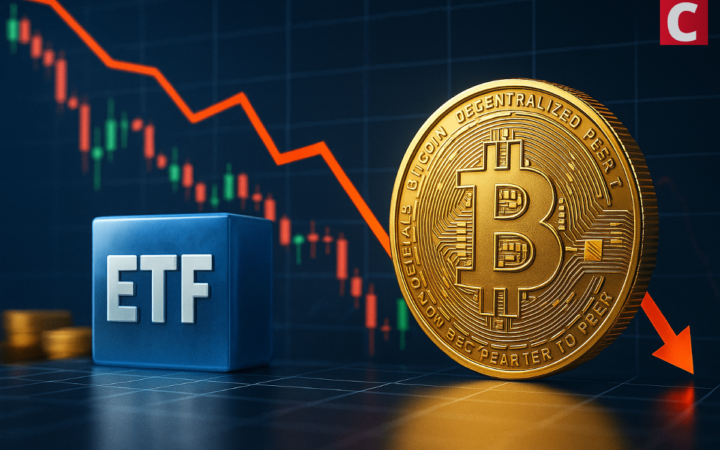Taking strong interest in blockchain, cryptocurrencies, and IoT, Tatsiana Yablonskaya got deep understanding of the emerging techs believing in their potential to drive the future.
The whole cryptocurrency community is debating about the possible split of Bitcoin into two coins – Bitcoin Cash (BCC) and Bitcoin Core that will keep the name and ticker of original Bitcoin. Lets’ clear out what the hot-button Bitcoin Cash is and what the primary reasons for the split are.
First of all, we need to go back and recall the appearance of b-money, which established a common assumption that if there is to be a decentralized currency, there needs to be a base layer which is inefficient, with efficient layers on top to be used for ordinary payments.
Satoshi Nakamoto, or someone going by this nickname, was probably unaware of this common assumption or did not share it. This was a topic for debate between Nakamoto and a pseudonymous cryptographer named James A. Donald, who said: “Bitcoin requires each peer to have most past transactions, or most past transactions that occurred recently. If hundreds of millions of people are doing transactions, that is a lot of bandwidth – each must know all, or a substantial part thereof.”
Nakamoto responded explaining that most users would run network nodes, but once the network grows beyond a certain point, it would be left more to specialists with server farms of specialized hardware. People will connect to the network via Simplified Payment Verification wallets.
Donald didn’t agree: “Let us call a bitcoin bank a bink. The bitcoins stand in the same relation to account money as gold stood in the days of the gold standard. The binks, not trusting each other to be liquid when liquidity is most needed, settle out any net discrepancies with each other by moving bit coins around once every hundred thousand seconds or so, so bitcoins do not change owners that often. Most transactions cancel out at the account level. The binks demand bitcoins of each other only because they don’t want to hold account money for too long. So a relatively small amount of bitcoins infrequently transacted can support a somewhat larger amount of account money frequently transacted.”
It is no wonder that Bitcoin community expected the cryptocurrency to scale on-chain along the lines foreseen by Nakamoto who implemented a dual soft-limit and hard-limit. Initially, the soft-limit was 250kb, which was later raised to 500kb, 750kb and finally 1MB.
The hard-limit makes up 1MB requiring a hard-fork to be lifted. Here some Bitcoin Core developers echo Donald and argue that it shouldn’t occur.
This is how we came to a two-year debate when neither side agrees to the opposed opinion and tries to convince miners and businesses in the efficiency of their approach of whether the limit should be lifted or not lifted. The debate hit a wall until the “compromise” of segwit2x somehow combining both a full blocks and non-full blocks system wasn’t proposed. Many think this is a way out due to two reasons:
- Miners did not activate segwit at the same time as increasing the hard-limit of 1MB but with the hard-limit to be lifted in three months. This exact compromise was reached last year and resulted in the merger of segwit only with the hardfork code not delivered. The story seems to repeat.
- Segwit will be activated with the one parameter that has been the main if not sole point of contention, the 75% discount. And this is perhaps the main reason why big blockers see this compromise as a complete capitulation to the settlement vision.
As for now, the situation looks as follows. Last week, Bitcoin Improvement Proposal 91 (BIP 91) locked in after 90 percent of all hash power supported the soft fork. Activation of Segregated Witness (SegWit) can become the next step, which makes BIP 148 unnecessary and August 1 a non-event.
SegWit, a full definition is segregated witnesses, uses the following trick to increase the capacity – 4MB of data is counted as 1MB because signatures are not counted in the rules in fact. However, they still add data loads and bandwith requirements as normal.
Here we have a scalability problem as the network can be attacked through using signature only transactions. At 8MB an attack vector reaches 32MB, at 16MB an attacker can create 64MB blocks. So to increase on-chain capacity after segwit is enforced, the network needs to consider whether it can handle the max-blocksize attack.
The incompatibility of the two opposite visions led to the split of Bitcoin. Big blockers aim to bring Nakamoto’s roadmap to life while small blockers target to create something new.
It is interesting that both sides don’t mind the split, which may calm the in-fighting down and escalate the open competition for the uncensored judgment of the free market, the ultimate 51%.
The Japan Cryptocurrency Business Association (JCBA) has already explained how 13 its members, Bitcoin exchanges, are going to deal with a hard fork. They all have agreed to suspend Bitcoin deposits and withdrawals on August 1.
The JCBA wrote: “With this hard fork, it is planned that existing blockchains will continue to handle bitcoins, while newly formed blockchains will handle a new virtual currency scheduled to be named ‘Bitcoin Cash’ (BCC).”
According to the announcement, each Bitcoin exchange will decide independently how to deal with Bitcoin Cash belonging to their customers. If a customer’s exchange chooses not to trade BCC, he will have to transfer the funds to another exchange that does.





